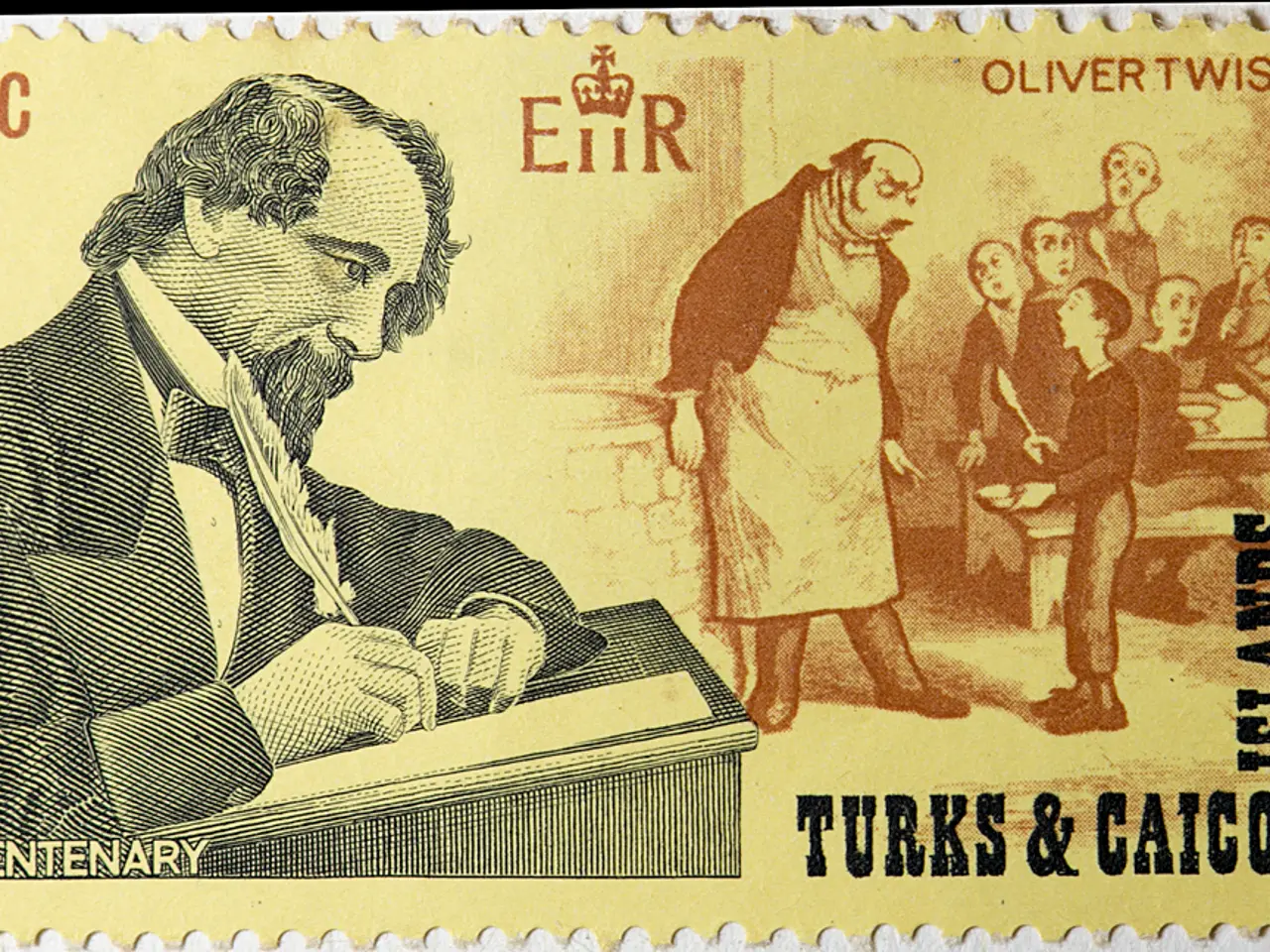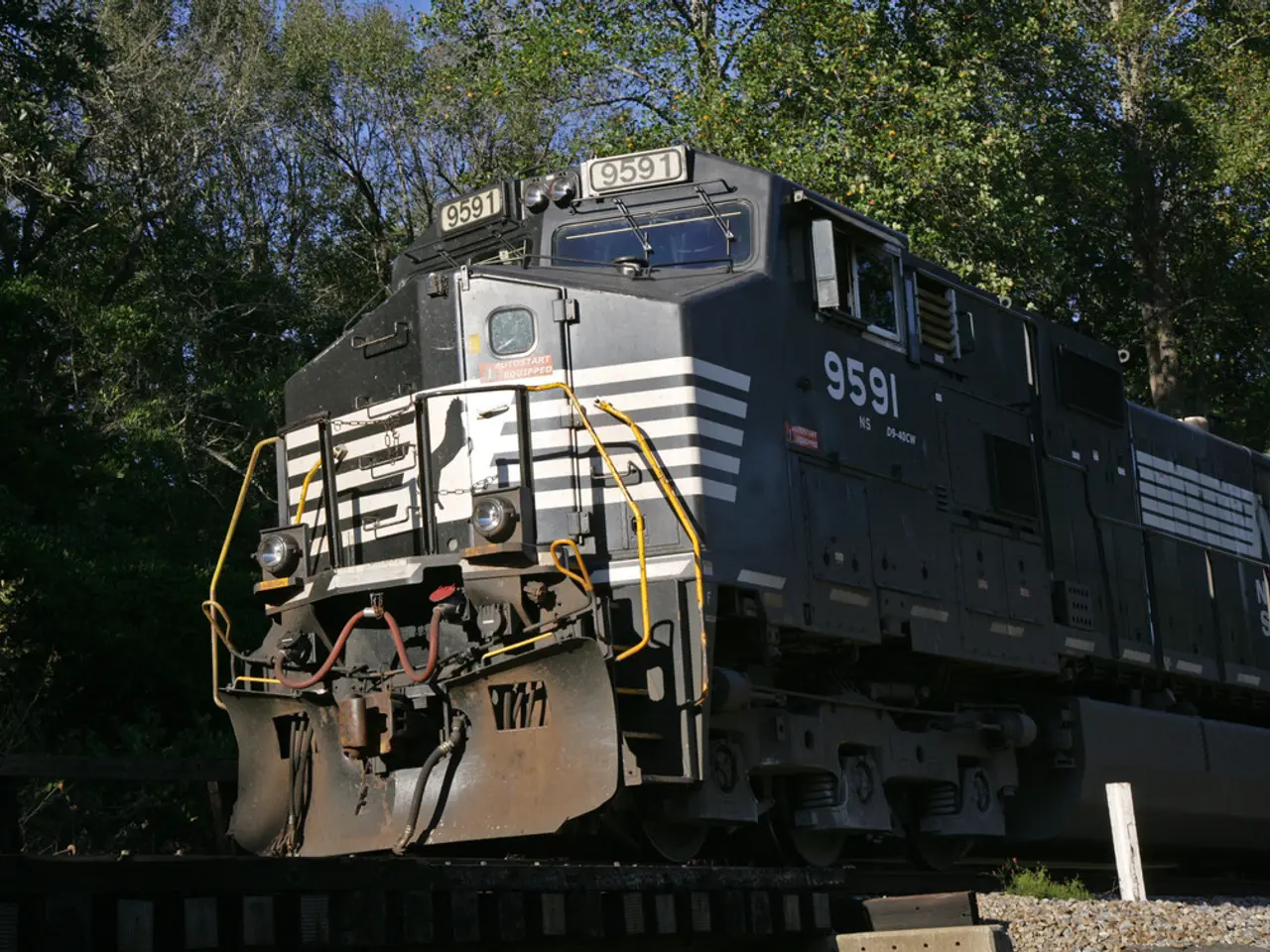Texas Air Quality Management: Definition of Nonattainment and Significant Deterioration Prevention under Texas Rule 116.12, SIP to take effect June 18, 2025 (Revision TXd249)
New Air Pollution Control Regulations in Texas Clarify Key Terms
The Texas Commission on Environmental Quality (TCEQ) has adopted new regulations for air pollution control, effective July 1, 2021. These regulations, found primarily in the "Definitions" section of Subchapter A of TCEQ's Chapter 116, aim to provide a clear and consistent understanding of terms essential to the air pollution permit process for new construction or modification.
Definitions and Regulatory Status
These definitions are codified rules that are legally binding within TCEQ’s air quality permitting framework. They serve as the foundation for permit review, conditions, and emission controls required under state law for air pollution control. As of July 1, 2021, they represent the authoritative glossary for terms used in this section of Texas air quality regulations.
Key Definitions
- Major Stationary Source: A stationary source that emits, or has the potential to emit, a threshold quantity of emissions or more of any air contaminant for which a national ambient air quality standard has been issued, or greenhouse gases.
- Allowable Emissions: The emissions rate of a stationary source, calculated using the maximum rated capacity of the source and the most stringent of applicable standards, state implementation plan emissions limitations, or federally enforceable permit conditions.
- Major Facility: Any facility that emits or has the potential to emit 100 tons per year or more of the plant-wide applicability limit (PAL) pollutant in an attainment area; or any facility that emits or has the potential to emit the PAL pollutant in an amount that is equal to or greater than the major source threshold for the PAL pollutant in Table I of this section for nonattainment areas.
- Actual Emissions: The average rate, in tons per year, at which a unit emits a pollutant during a 24-month period representative of normal source operation, unless specified otherwise.
- Baseline Actual Emissions: For an existing facility (other than an electric utility steam generating unit), the average rate, in tons per year, at which the facility emitted the pollutant during any consecutive 24-month period selected by the owner or operator within the ten-year period immediately preceding either the date the owner or operator begins actual construction of the project, or the date a complete permit application is received for a permit. For an existing electric utility steam generating unit, the baseline actual emissions is the average rate, in tons per year, at which the unit emitted the pollutant during any consecutive 24-month period selected by the owner or operator within the five-year period immediately preceding when the owner or operator begins actual construction of the project.
- Clean Coal Technology: Any technology that will achieve significant reductions in air emissions of sulfur dioxide or oxides of nitrogen associated with the utilization of coal in the generation of electricity, or process steam that was not in widespread use as of November 15, 1990.
Other Important Terms
- Net emissions increase
- Major modification
- Preconstruction approvals or permits
- Offset ratios
- Significant level for emissions
- Project emissions increase
- Appropriate netting triggers
- VOC and NOX
- Physical change or change in the method of operation
These regulations also specify the offset ratio for emissions offset reduction requirements, the significant level for emissions applicable only to existing major sources, and the methods for determining project emissions increase. Additionally, they clarify that a physical change or change in the method of operation shall not include certain exceptions, as listed in the regulations.
For more detailed definitions and the exact language, interested parties can refer to Title 30 Texas Administrative Code (TAC), specifically Chapter 116, Subchapter A. The TCEQ Air Permits Division administers and enforces these rules. The regulations, as submitted to EPA on July 7, 2021, were approved by EPA on May 19, 2025, and became effective on June 18, 2025.
- In the context of environmental-science, the new regulations in Texas define 'Major Facility' as any facility that emits or has the potential to emit a substantial amount of pollutants, such as 100 tons per year or more in an attainment area or the plant-wide applicability limit (PAL) pollutant threshold in nonattainment areas.
- The term 'Clean Coal Technology' – often discussed in science and finance, is defined as any technology that significantly reduces air emissions of sulfur dioxide or oxides of nitrogen, and was not widely used before November 15, 1990, in the utilization of coal for electricity or process steam generation.
- The new Texas regulations also address the issue of waste management by including terms like 'net emissions increase', 'major modification', and 'preconstruction approvals or permits', which aim to control emissions from various industries and ensure compliance with air pollution control regulations.




